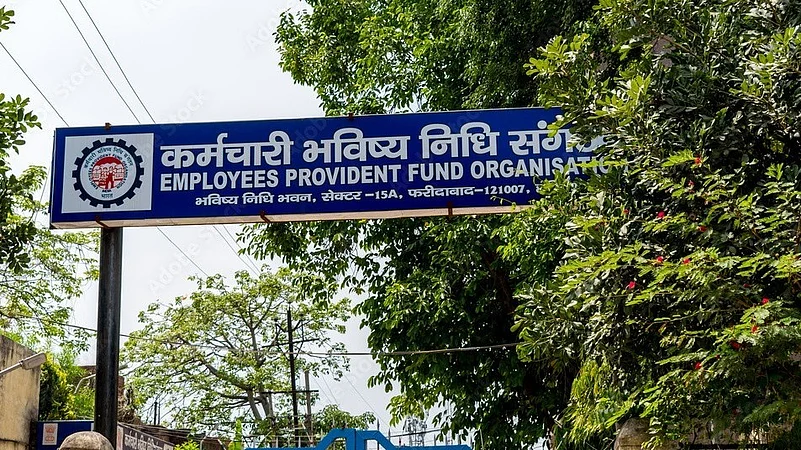
Trinamool Congress spokesperson Saket Gokhale accused the Centre of “locking” 25% of employees’ provident fund savings and making EPF withdrawals tougher
Government fact-check says claims are “misleading,” clarifying that the 25% is a minimum balance rule, not a permanent lock-in, and full withdrawal is allowed after 12 months of unemployment or retirement
EPFO says the reforms, approved on October 13, aim to ensure long-term financial security for over 30 crore account holders
The central government on Wednesday issued a detailed clarification after Trinamool Congress spokesperson and Rajya Sabha member Saket Gokhale criticised the Centre’s recent changes to the Employees’ Provident Fund Organisation’s (EPFO) withdrawal rules, calling them “shocking and ridiculous”.
Gokhale claimed in a post on X that the new provisions amounted to “open theft” of salaried people’s money by locking in 25% of their provident fund savings for their entire career. The government’s fact-checking unit, PIB Fact Check, termed his statements “misleading” and shared a point-by-point response explaining the new rules.
The clarification comes after the Central Board of Trustees (CBT) of the EPFO approved a series of changes on October 13 aimed at simplifying withdrawal provisions and ensuring long-term retirement security.

In a post on X, Gokhale claimed that under the new rules, 25% of an employee's provident fund balance would be locked for their entire career, and that workers would now have to remain unemployed for a full year before they could withdraw their savings. He further alleged that the government had made the EPF "mandatory" for all salaried persons and linked the move to what he described as rising unemployment.
In its clarification, the government said the interpretation was “a distortion of facts”. The 25% provision, it explained, is not a permanent lock-in but a minimum balance requirement meant to protect members’ retirement savings. In fact, it said the EPFO allows withdrawal of up to 100% of the eligible balance, including both employer and employee contributions.

The government pointed out that full withdrawal of the entire balance, including the 25% portion, is permitted under specific circumstances, such as retirement after 55 years, permanent disability, voluntary retirement, retrenchment, or after 12 months of continuous unemployment.
Gokhale, however, dismissed the explanation, saying it effectively confirmed his argument. “I said your 25% EPF will be locked in for your entire career. Their ‘fact check’? It will be locked in till 55 years of service,” he wrote in a follow-up post on X, accusing the government of “spinning propaganda instead of listening to people.”

Responding to Gokhale’s claim that the EPF had been made mandatory, the clarification stated that the EPF & MP Act, 1952 has always applied to establishments with 20 or more employees earning up to ₹15,000 per month. It added that many higher-income employees and smaller firms are voluntary participants, showing “continued confidence” in the fund.
On unemployment, the government cited Periodic Labour Force Survey (PLFS) data showing that the unemployment rate fell to 3.2% in 2023–24, down from 6% in 2017–18, with over 1.29 crore workers added to payrolls in 2024–25.
The Labour Ministry, led by Mansukh Mandaviya, has maintained that the changes enhance “ease of living” by simplifying processes and digitising fund management for more than 30 crore account holders. The EPFO currently manages a corpus of around ₹28 lakh crore.



























